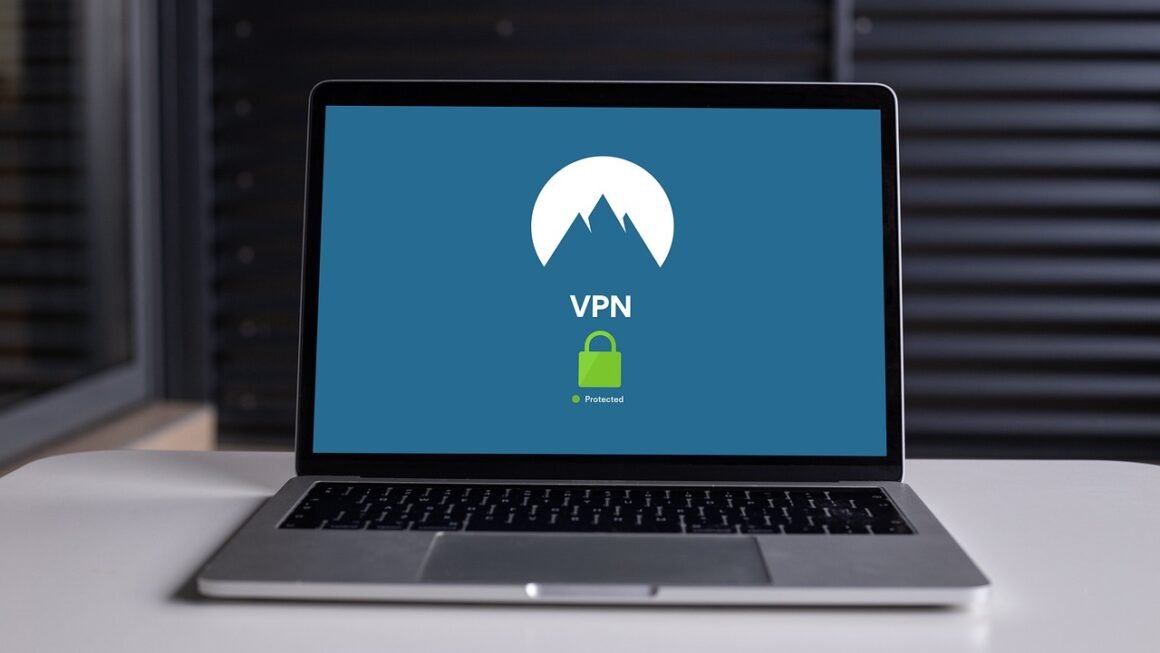In today’s digital landscape, where cyber threats are constantly evolving and becoming increasingly sophisticated, proactive cybersecurity measures are not just recommended – they are essential. One of the most crucial steps in building a robust defense against these threats is conducting a thorough vulnerability assessment. This process helps organizations identify weaknesses in their systems before malicious actors can exploit them. Let’s dive into what vulnerability assessments entail and why they are vital for your organization’s security.
What is a Vulnerability Assessment?
A vulnerability assessment is a systematic process of identifying, quantifying, and prioritizing vulnerabilities within an organization’s IT infrastructure. It involves scanning systems, networks, and applications to uncover weaknesses that could be exploited by attackers. Unlike penetration testing, which actively attempts to exploit vulnerabilities, a vulnerability assessment is primarily focused on identification and analysis.
Why Conduct Vulnerability Assessments?
- Proactive Risk Mitigation: Identify vulnerabilities before attackers do, allowing you to remediate them proactively.
- Compliance Requirements: Many regulations (e.g., HIPAA, PCI DSS, GDPR) require regular vulnerability assessments.
- Improved Security Posture: Gain a clear understanding of your organization’s security strengths and weaknesses.
- Cost Savings: Prevent costly data breaches and downtime by addressing vulnerabilities early.
- Enhanced Reputation: Maintaining a strong security posture protects your reputation and builds trust with customers.
For example, imagine a small e-commerce business. A vulnerability assessment might reveal an outdated version of their e-commerce platform, containing known vulnerabilities that could be exploited to steal customer credit card information. Addressing this vulnerability by updating the platform prevents a potentially devastating data breach.
Types of Vulnerability Assessments
Vulnerability assessments come in various forms, each focusing on different aspects of an organization’s IT environment. Understanding these different types is crucial for tailoring your assessment strategy to your specific needs.
Network Vulnerability Assessment
- Focus: Identifies vulnerabilities in network infrastructure, including routers, firewalls, servers, and workstations.
- Techniques: Network scanning, port scanning, service enumeration, and vulnerability scanning.
- Example: Identifying a firewall with misconfigured rules that allows unauthorized access to internal systems.
Web Application Vulnerability Assessment
- Focus: Identifies vulnerabilities in web applications, such as websites, web APIs, and web services.
- Techniques: Automated scanning, manual code review, and dynamic analysis.
- Example: Identifying a SQL injection vulnerability that allows attackers to access sensitive database information. OWASP (Open Web Application Security Project) provides excellent resources and guidelines for web application security testing.
Host-Based Vulnerability Assessment
- Focus: Identifies vulnerabilities in individual computer systems (hosts), including operating systems, software, and configurations.
- Techniques: Local vulnerability scanning, configuration checks, and patch management verification.
- Example: Identifying a server with a missing critical security patch that could be exploited by a remote code execution vulnerability.
Database Vulnerability Assessment
- Focus: Identifies vulnerabilities in database systems, including configuration flaws, weak passwords, and unpatched software.
- Techniques: Database scanning, configuration audits, and password strength testing.
- Example: Identifying a database server with default credentials that could be used to gain unauthorized access.
The Vulnerability Assessment Process
Conducting a vulnerability assessment is not a one-time event, but rather an ongoing process that should be integrated into your organization’s security program. Here’s a typical process:
1. Scope Definition
- Define the scope: Clearly define the systems, networks, and applications to be included in the assessment. For example, specify the IP address ranges, domains, and critical applications that are in scope.
- Set objectives: Determine the specific goals of the assessment. Are you aiming to comply with a particular regulation, identify high-risk vulnerabilities, or improve your overall security posture?
2. Data Gathering
- Asset Inventory: Identify and document all assets within the scope of the assessment. This includes hardware, software, and configurations.
- Network Mapping: Create a diagram of your network to understand the relationships between different systems.
3. Vulnerability Scanning
- Automated Scanning: Use vulnerability scanners to automatically identify potential vulnerabilities. Popular tools include Nessus, Qualys, and OpenVAS.
- Configuration Reviews: Manually review system configurations to identify misconfigurations that could introduce vulnerabilities.
4. Vulnerability Analysis
- Validate Findings: Verify the accuracy of the scanner findings to avoid false positives.
- Risk Assessment: Assess the risk associated with each vulnerability based on its severity, exploitability, and potential impact. Use a risk scoring system like CVSS (Common Vulnerability Scoring System).
Severity: How critical is the vulnerability?
Exploitability: How easy is it to exploit?
Potential Impact: What damage can it cause?
5. Reporting
- Comprehensive Report: Create a detailed report summarizing the findings of the assessment, including:
List of identified vulnerabilities
Risk ratings for each vulnerability
Recommendations for remediation
6. Remediation
- Prioritize Remediation: Focus on addressing the highest-risk vulnerabilities first.
- Implement Fixes: Apply patches, update software, and implement configuration changes to remediate vulnerabilities.
- Re-scan: Re-scan the systems to verify that the vulnerabilities have been successfully remediated.
7. Continuous Monitoring
- Regular Assessments: Schedule regular vulnerability assessments to identify new vulnerabilities as they emerge.
- Security Awareness Training: Educate employees about security best practices to reduce the risk of human error.
Choosing the Right Tools
Selecting the right vulnerability assessment tools is critical for the success of your program. Here are some key considerations:
Types of Tools
- Network Scanners: Identify vulnerabilities in network infrastructure.
Nessus
Qualys
OpenVAS (Open Source)
- Web Application Scanners: Identify vulnerabilities in web applications.
Burp Suite
Acunetix
OWASP ZAP (Open Source)
- Host-Based Scanners: Identify vulnerabilities on individual systems.
Nessus Agent
Qualys Agent
Key Features
- Comprehensive Coverage: The tool should be able to scan a wide range of technologies and platforms.
- Accurate Results: The tool should minimize false positives and provide accurate vulnerability information.
- Reporting Capabilities: The tool should generate detailed reports with clear remediation recommendations.
- Integration: The tool should integrate with your existing security tools and workflows.
- Ease of Use: The tool should be easy to use and configure.
- Practical Tip:* Consider starting with a free or open-source tool to gain experience with vulnerability assessments before investing in a commercial solution.
Conclusion
Vulnerability assessments are a fundamental component of any robust cybersecurity strategy. By proactively identifying and addressing vulnerabilities, organizations can significantly reduce their risk of data breaches, compliance violations, and reputational damage. Implementing a continuous vulnerability assessment program, selecting the right tools, and prioritizing remediation efforts are essential steps in building a strong security posture. Remember that security is an ongoing process, not a one-time fix. Regularly assessing and improving your defenses is the best way to stay ahead of evolving cyber threats and protect your organization’s valuable assets.



